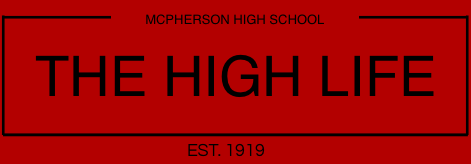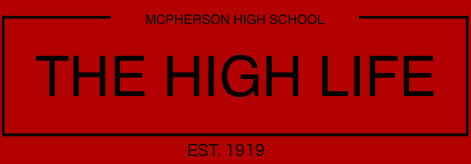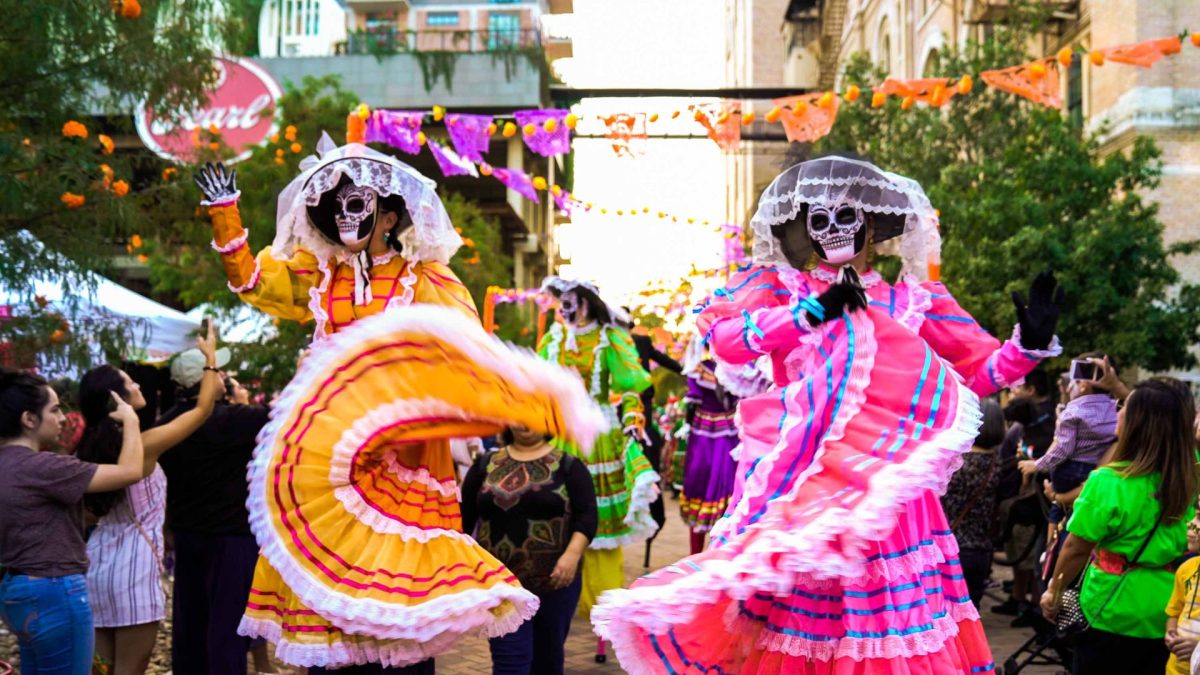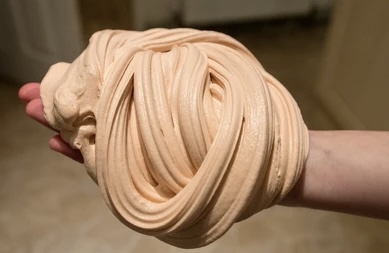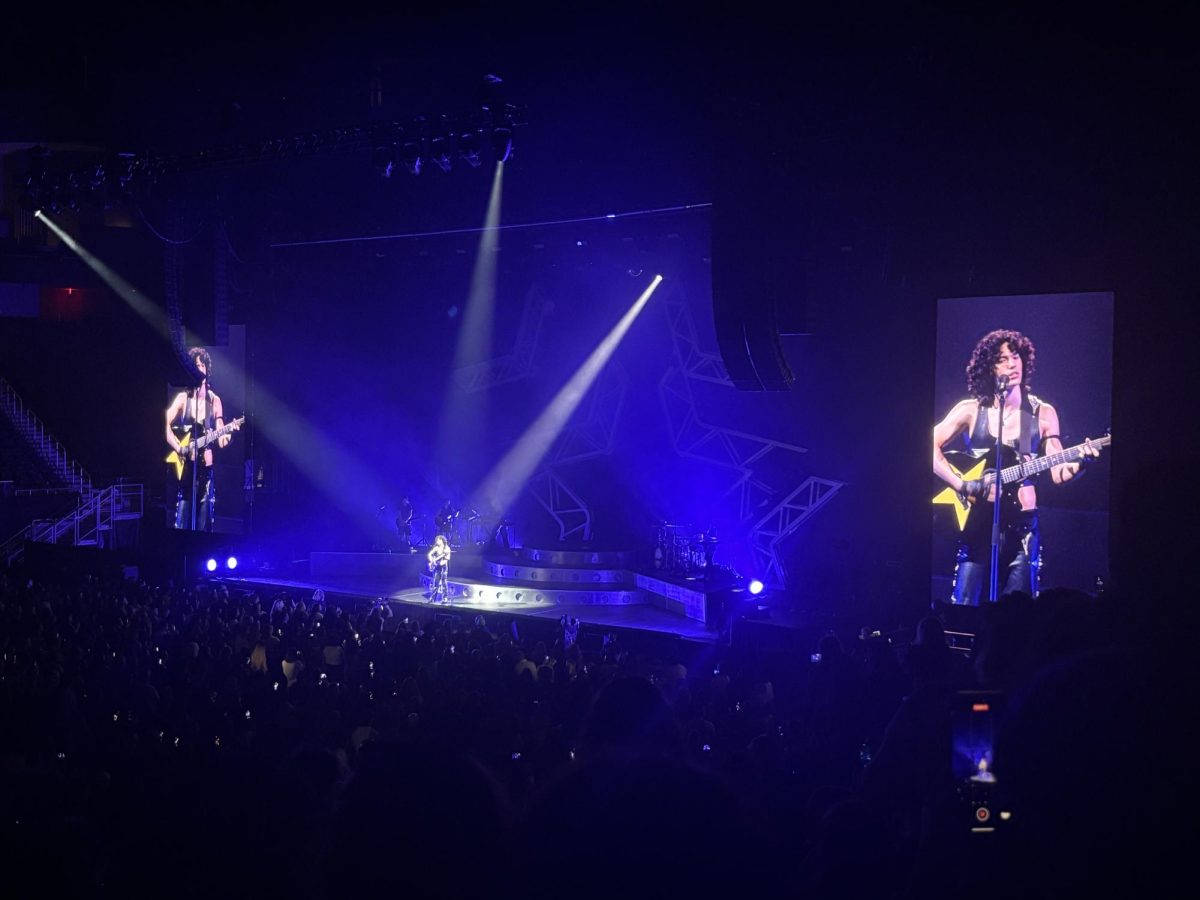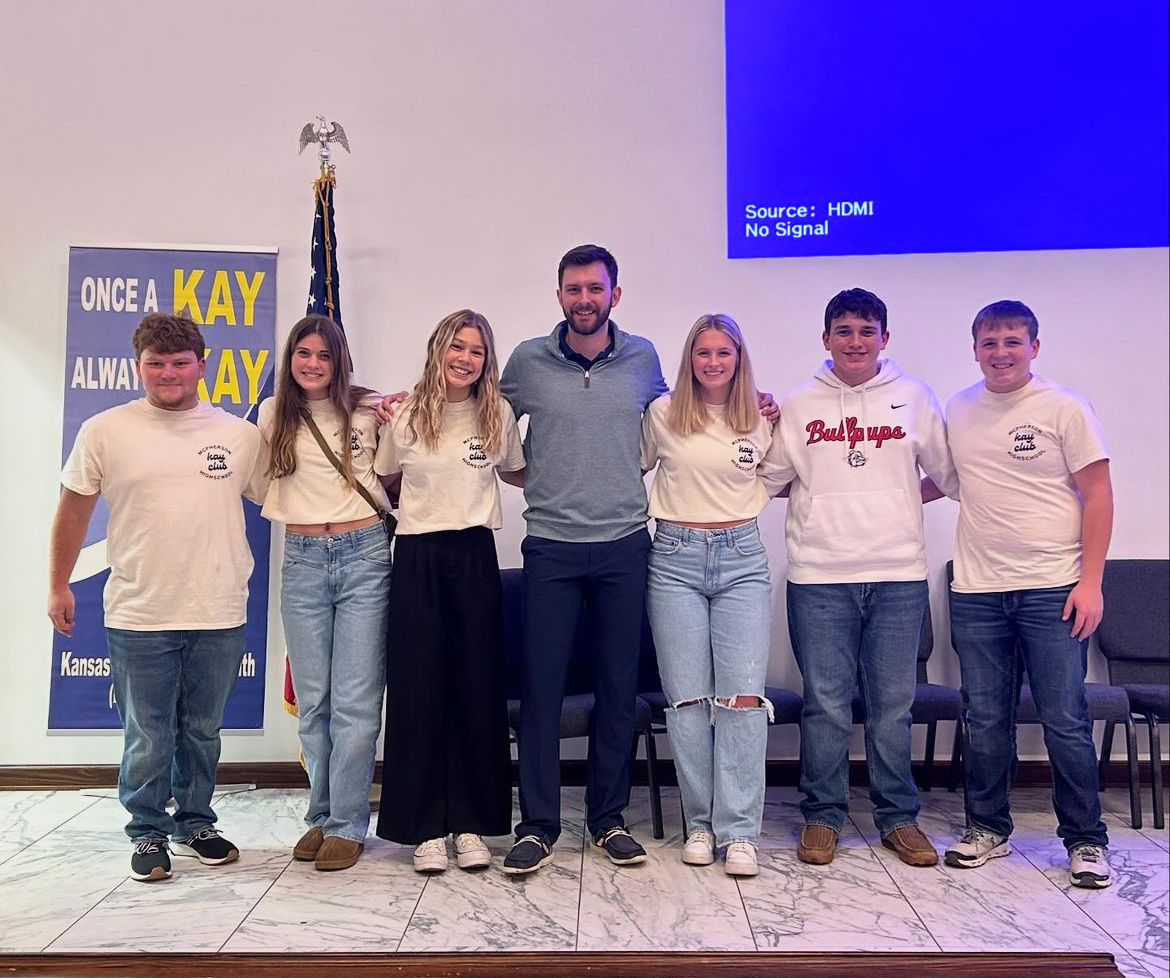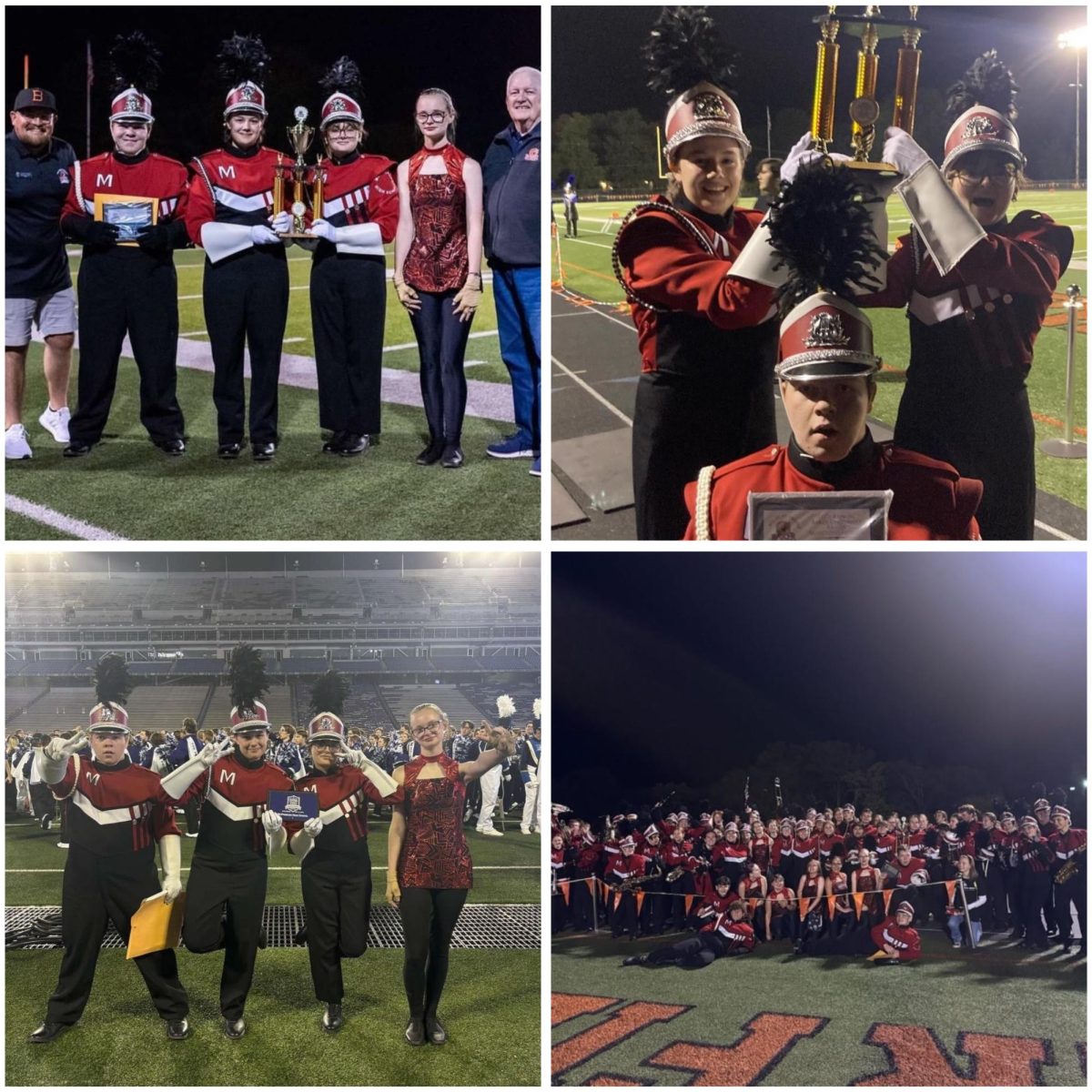Dia De Los Muertos is a special time for Mexicans to celebrate their loved ones who have passed away. Mexicans look forward to this celebration that happens every year on Nov. 1 and 2. Dia De Los Muertos, often referred to as DDLM, has been a tradition for Mexicans for over 3,000 years and has evolved over the years to be celebrated in numerous ways.
Ricardo Sanchez, a Mexican American who celebrates DDLM, says, “My family is from the northern part of Mexico. So as a kid we kept celebrations pretty simple. My family would go clean up the grave sites of loved ones and use this time to remember them. Now as an adult I tend to do the same as when I was younger. Most recently, my family spruced up my grandparents’ grave sites in Mexico by creating cement tombs to make it look nicer and easier to keep decorated.” Sanchez loves to take part in this celebration and hopes to one day experience DDLM in Mexico City.
DDLM can look different for each family in Mexico. When DDLM first originated there was a spiritual time where people celebrated Mictecacihuatl, the Lady of the Dead. Now the tradition has faded away, but some people will still choose to make this celebration more spiritually connected by choosing to put up “las ofrendas” which are altars. These altars are used as a place to welcome the dead back to visit their homes. Food, candles, flowers, crosses, “papel picado” and skulls are all things you might see on las ofrendas. Others will choose to treat it more like Memorial Day and go visit their loved ones’ grave sites and decorate them with flowers or a certain object that reflects that person’s life.
Dulce Martinez, a student at McPherson High School said, “My family isn’t a huge fan of DDLM, but we do take time to pray for them and make a special meal for them.” Martinez doesn’t do a huge celebration but she makes sure to take some time to remember her ancestors.
Sanchez said, “My family didn’t really do ofrendas growing up until my parents remarried. My stepmom would put an ofrenda up for her sister and include some bracelets and a picture. My stepdad would set one up for his mom and light a candle each day, leave some fruit and pan de muertos (a special bread representing life and death), and her favorite drink, a Coke can.
Some cities in Mexico will put on a DDLM parade. These parades are full of color and creativity. The parade can be as long as eight hours with multiple activities to fill the time. Some main events include a Catrinas parade, live music, food venders, artisans, performances, and a Catrina contest. Catrina is a skeleton lady that represents DDLM. Some of the women will dress up in elaborate costumes to portray the skeleton lady. A contest is then held after the parade to pick the best skeleton lady.
Martinez says, “My friends and family in Mexico will send me videos of what’s going on. They have parades and contests on who has the best Calavera makeup and also they will do who has the best alebrije.” Martinez has family who live in Mexico and take part in these DDLM celebrations every year.

